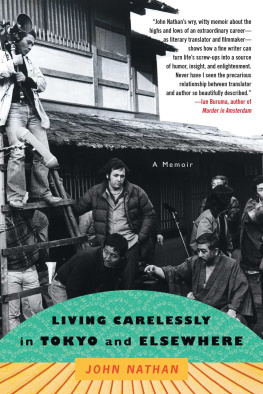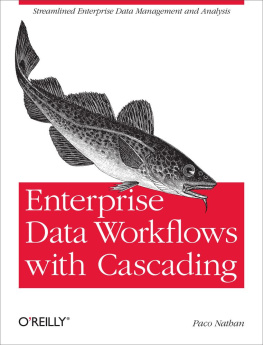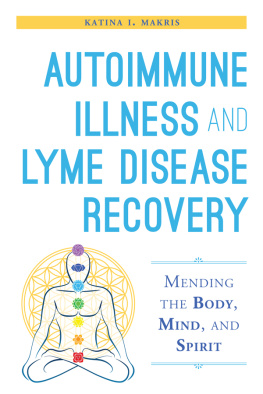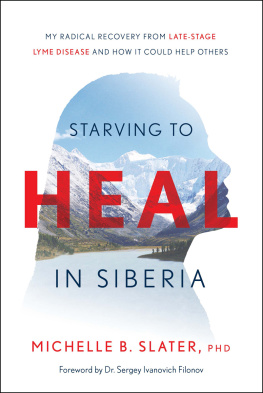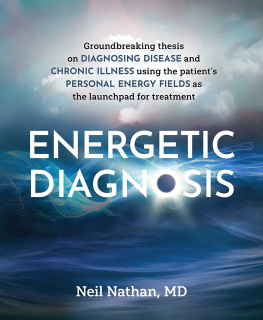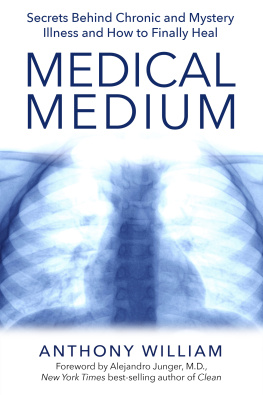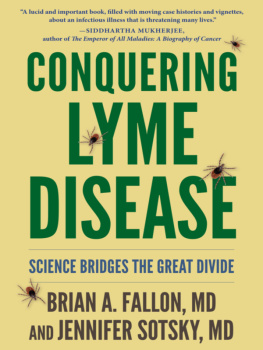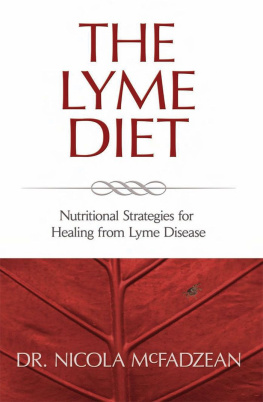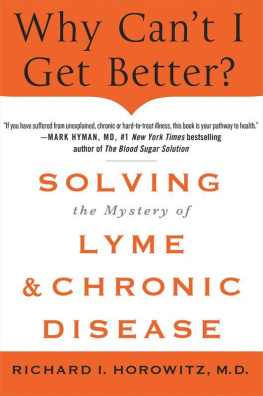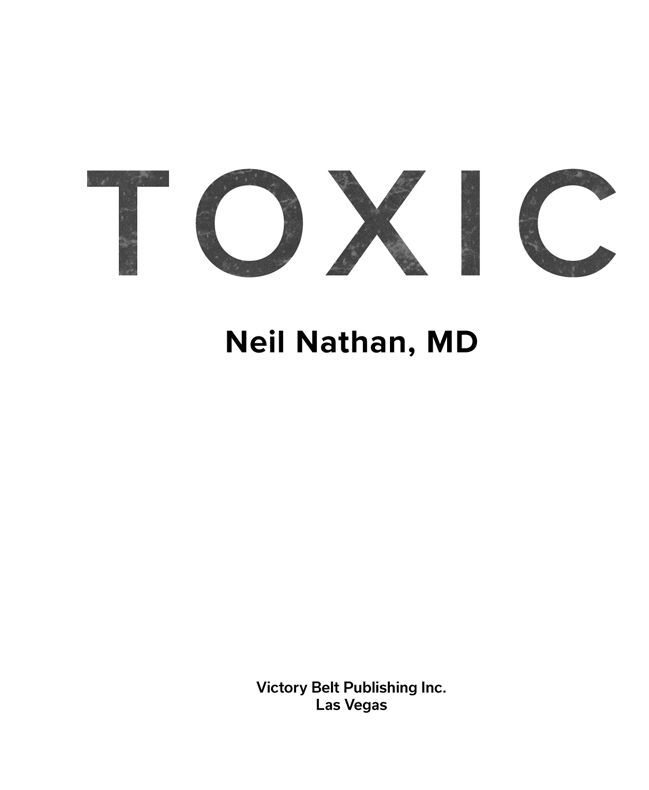First Published in 2018 by Victory Belt Publishing Inc.
Copyright 2018 Neil Nathan
All rights reserved
Though every effort has been made to ensure the accuracy of information presented herein, the author is not engaged in providing professional advice or other services to the individual reader. The material contained in this book is not intended to be, and cannot be taken as, a substitute for the advice and counsel of ones physician and/or other professional healthcare providers. The author shall not be liable for any loss, injury, or damage allegedly arising from any information or suggestion in this book.
No part of this publication may be reproduced or distributed in any form or by any means, electronic or mechanical, or stored in a database or retrieval system, without prior written permission from the publisher.
ISBN-13: 978-1-628603-11-8
Cover Design by Justin-Aaron Velasco
Interior Design by Charisse Reyes and Elita San Juan
Printed in Canada
TC 0118
Contents
Dedication
It is said that the eyes are the window into the soul. I cant speak for others eyes, but I can tell you that Cheryls are. Her blue-grey eyes, with a ring of brown, sometimes green in certain lights, were the first thing I saw when I looked at her and Ive been enchanted ever since. They are special eyes they are luminous, full of light and love but they are not challenging, hard eyes. They dont ask or demand anything; they radiate her unconditional love. While she has long maintained that she is garden variety, she is anything but. What she is, is present. She is the essence of just being. It is a rare individual who can manifest just being, and she does. She brings that into her every moment, and it is special beyond imagining. She creates the safe haven of our home and our lives in which I can create and work at healing. That space allows me to keep the fires burning and return to her each evening for the peace and serenity of our home. She is my muse, and without her, this book would not be possible.
I also dedicate this book to my beautiful grandchildren, Avi, Anjali, and WiLo. You are our future, and this book is written, in part, so that you and your generation may find in these pages a blueprint for healing.
And for the thousands of patients who have placed their trust in me, I am eternally grateful. Knowing full well how little I (we) know about these controversial and complex illnesses, you mustered your belief in my tenacious quest to find you answers and allowed me all sorts of latitude to do so. I hope and pray that I have deserved your faith in the service of healing. For most of you, I believe we have succeeded; for the others, know that I will keep searching.
Foreword
We are rapidly entering a new chapter in the history of medicine. In the old medicine, most diseases were caused by acute problems stemming from infections, acute exposure to toxins, or physical injuries. Today, healthcare workers spend most of their time caring for patients with chronic illnesses that last for years. These new chronic illnesses have both genetic and environmental causes. They are ecogenetic diseases that occur because the chemistry of the environment is changing faster than our genes can adapt. Eighty to ninety percent of clinic visits today are follow-up visits for patients with illnesses that modern medicine can make a little better with conventional treatment, but with rare exceptions cannot cure. To prevent these disorders, we need to clean up the environment. But to treat these disorders, we need a new kind of medicine.
Dr. Neil Nathan has woven into the pages of this book the first descriptions of a whole new book of medicine. While the First Book of Medicine was focused on treatment for acute illnesses, the Second Book of Medicine will collect the science and art of caring for patients with chronic illnesses. Using examples drawn from a lifetime of practice in the care of patients with Lyme disease, mold toxicity, mast cell activation, Bartonella, porphyria-like crises, and many other complex clinical disorders, Dr. Nathan guides the reader along in this complex journey to better health care for patients who all too often have fallen through the cracks.
Highly sensitive patients often face denial and dismissal from mainstream medicine. This occurs in part because thirty years ago, when todays physicians were in medical school, highly sensitive patients were so rare as to be relegated to anecdote and were unable to be studied systematically. The majority of physicians practicing today were never taught about these once rare but now common disorders. Dr. Nathan begins to right this wrong with this book.
Breakthroughs come when two requirements are fulfilled: 1) the repeated application of the old ways has failed, and 2) someone has the courage to try something new and then follow the data. For example, when a standard blood test like a comprehensive metabolic panel (CMP) is normal in a child with autism spectrum disorder or in an adult with myalgic encephalomyelitis/chronic fatigue syndrome (ME/CFS), it is not helpful in guiding either diagnosis or treatment. Repeating the CMP three times does not give a doctor three times more information. The patient is clearly suffering, but the old tests are blind to the problem. New tests are needed. Like a new lens, advances in medical technology are giving doctors a new way to see and diagnose disease. Once we can see a problem, we can begin to understand it.
Hippocrates once said, The art is long, and decision difficult. We are fortunate to have Dr. Nathan as our guide. His wisdom, clinical acumen, kindness, compassion, careful listening to his patients, and lifetime of experience have sparked medical insights that have the power to inspire a new generation of physicians. In the pages of this book, we encounter for the first time a new understanding of the pathophysiology of chronic illness built upon a deep understanding of the cell danger response. New treatment approaches are also described, creating a practical toolkit for managing complex, highly sensitive patients with chronic illness. Some of the tools described today will change and be expanded over time, but these first steps will help guide physicians and patients alike to a more hopeful future, where chronic illness can become a thing of the past and recovery of health becomes the routine outcome of new medical care.
Robert K. Naviaux, MD, PhD
Professor of Genetics
Biochemical Genetics and Metabolism
Departments of Medicine, Pediatrics, and Pathology
Co-Director, The Mitochondrial and Metabolic Disease Center (MMDC)
UCSD School of Medicine
PREFACE
The Rebooting Paradigm for Really Sensitive and Toxic Patients Helping Them Get Well
I am the Lorax. I speak for the trees.
Dr. Seuss
It has become increasingly clear to me that one of the biggest obstacles patients who have complex medical illnesses face is that the traditional system of medical care may not apply to them. If you are not feeling well for any reason, of course you want to put your faith in your doctors and the hospitals they serve. Faith is an integral component of the healing process, and I would hope that your faith in a system of health care is well founded. After all, over many years, you and your family may have been helped enormously through issues such as childbirth, surgeries, infections, and health emergencies. Your doctors, whom you have come to like and admire, have helped you through all of these issues. So now that you (or a loved one) have inexplicably come down with some as-yet-unnamed condition, surely those same dedicated healthcare providers wont let you down.


